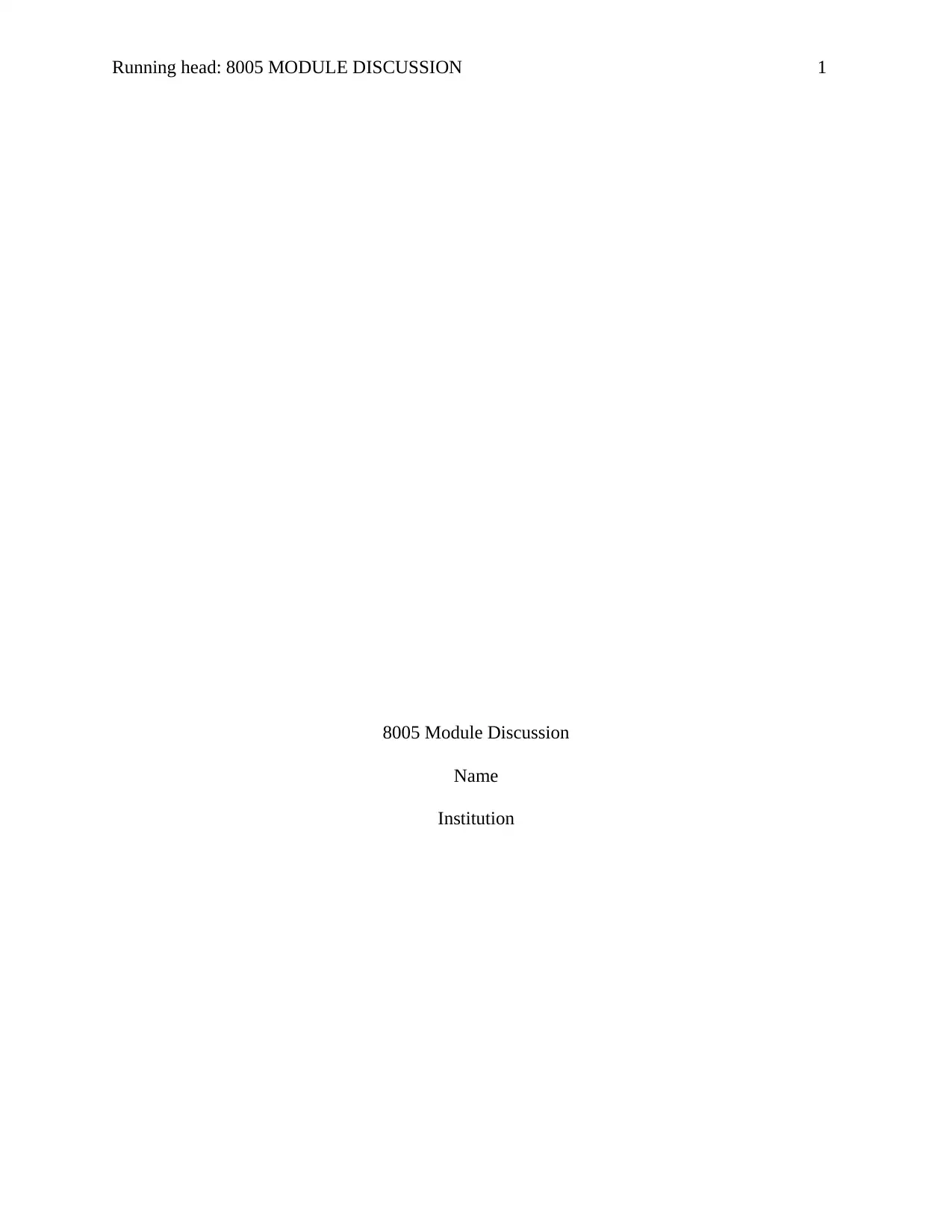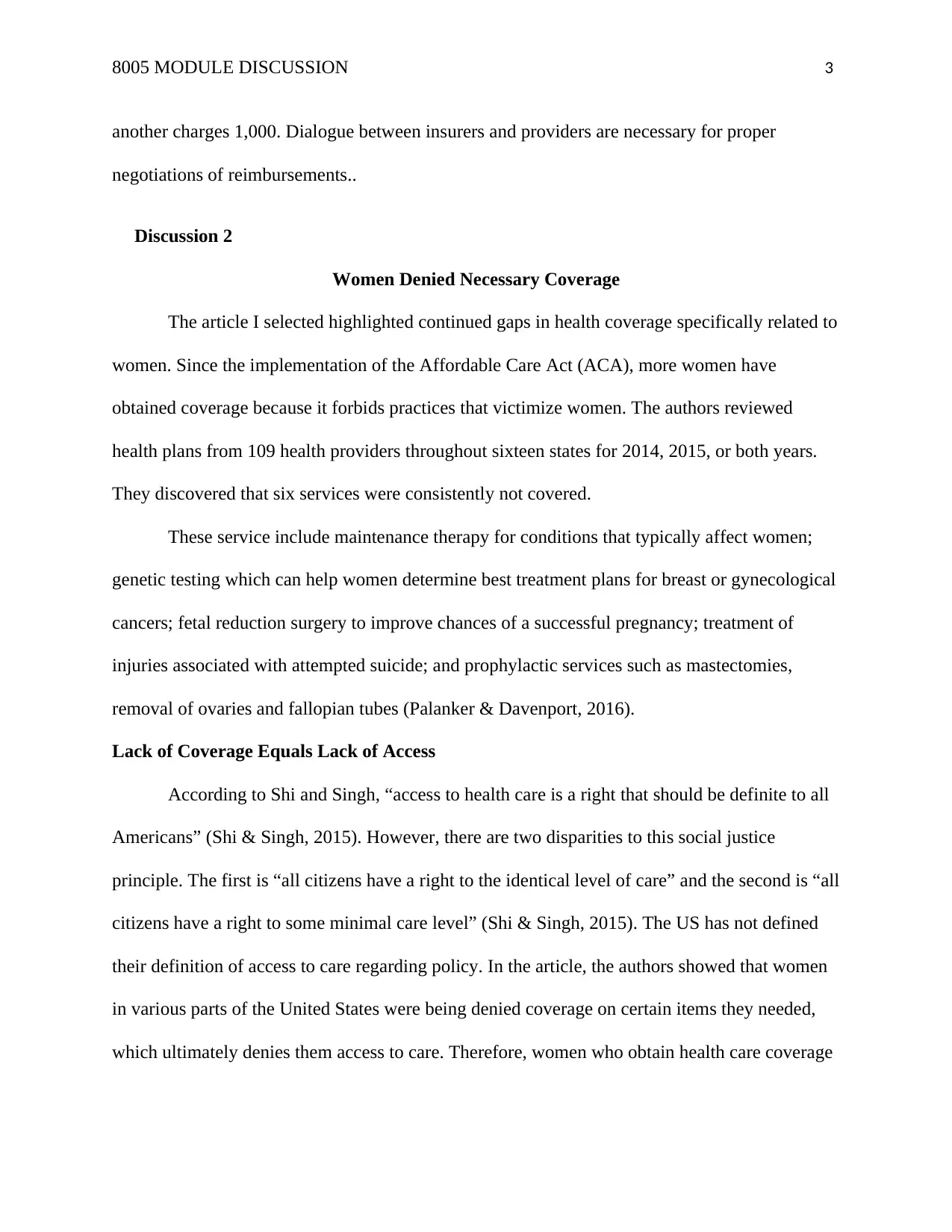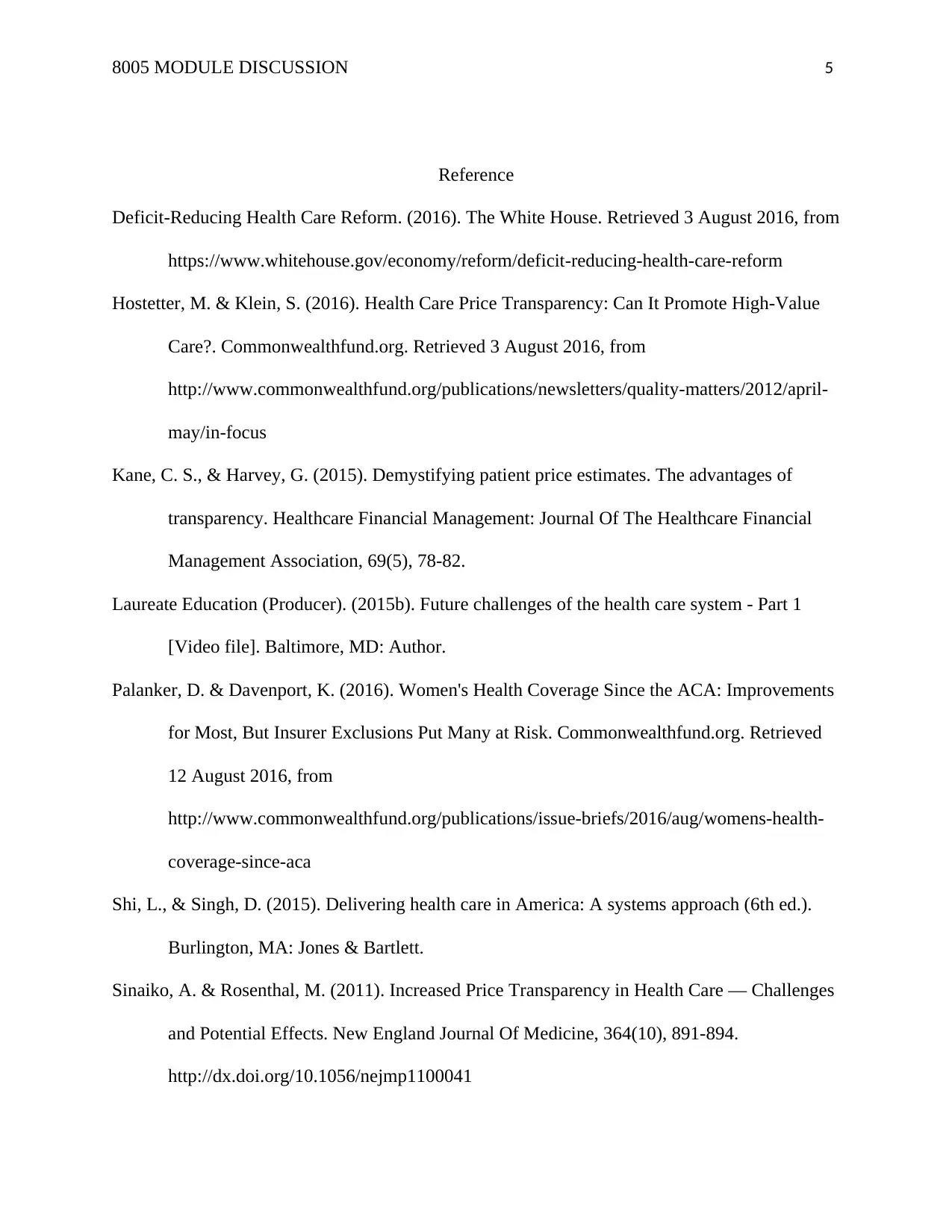8005 Module Discussion: Healthcare Cost, Coverage, and Access Analysis
VerifiedAdded on 2020/04/01
|5
|992
|37
Discussion Board Post
AI Summary
This discussion post analyzes the critical issues of healthcare costs, price transparency, and coverage, particularly focusing on the impact on women's health. The student references key articles and data to highlight the need for increased price transparency to empower patients, especially those with high-deductible health plans (HDHPs). The post also discusses the persistent gaps in healthcare coverage, specifically for women, even after the implementation of the Affordable Care Act (ACA). Services such as maintenance therapy, genetic testing, and certain prophylactic procedures are often denied. The student, as a healthcare administrator, reflects on the implications of these issues, emphasizing the importance of staying informed about legislative changes and advocating for equitable healthcare access. The post underscores the disparities in access to care and the need for a more just healthcare system where coverage does not restrict access to essential medical services.
1 out of 5









![[object Object]](/_next/static/media/star-bottom.7253800d.svg)